
Dambulla cave temple, World heritage site
- Dambulla cave temple, a world heritage site, (also known as the Golden Temple of Dambulla) is the largest and best-preserved cave temple complex in Sri Lanka. Dambulla cave temple is on a vast isolated rock mass towering 160 m. It was built by King Valagambahu in the 1st century BC and renovated in the 12th and 18th centuries AD by King Nissankamalla and King Kirti Sri Rajasinha.
There are about 80 documented caves around the temple area. The cave temple is spread over 5 caves. The ceiling of those caves decorated with colourful paintings. Dambulla cave temple has the largest collection of over 150 Buddha statues within one place.
The first cave is highlighted with a 14 m Buddha statue. The second cave, the largest contains 40 seated and 16 standing Buddha statues, statues of gods Saman and Vishnu, statues of Bodhisattvas Avalokiteshvara and Maitreya, and a dagoba. The ceiling of the cave is decorated with one large sweep of colourful paintings depicted scenes of Buddha’s life.
The third cave contains masterpieces of the Kandy style ceiling and wall paintings depicted Buddhist traditions and tales of the Buddha’s previous birth. There are 50 Buddha statues and 4 statues of the Sri Lankan King in this cave. The fourth and fifth caves are small.
- Dambulla cave temple, a world heritage site, (also known as the Golden Temple of Dambulla) is the largest and best-preserved cave temple complex in Sri Lanka. Dambulla cave temple is on a vast isolated rock mass towering 160 m. It was built by King Valagambahu in the 1st century BC and renovated in the 12th and 18th centuries AD by King Nissankamalla and King Kirti Sri Rajasinha.
There are about 80 documented caves around the temple area. The cave temple is spread over 5 caves. The ceiling of those caves decorated with colourful paintings. Dambulla cave temple has the largest collection of over 150 Buddha statues within one place.
The first cave is highlighted with a 14 m Buddha statue. The second cave, the largest contains 40 seated and 16 standing Buddha statues, statues of gods Saman and Vishnu, statues of Bodhisattvas Avalokiteshvara and Maitreya, and a dagoba. The ceiling of the cave is decorated with one large sweep of colourful paintings depicted scenes of Buddha’s life.
The third cave contains masterpieces of the Kandy style ceiling and wall paintings depicted Buddhist traditions and tales of the Buddha’s previous birth. There are 50 Buddha statues and 4 statues of the Sri Lankan King in this cave. The fourth and fifth caves are small.

 +39 - 39 - 307 6 3730
+39 - 39 - 307 6 3730 +94 - 74 - 000 9208
+94 - 74 - 000 9208

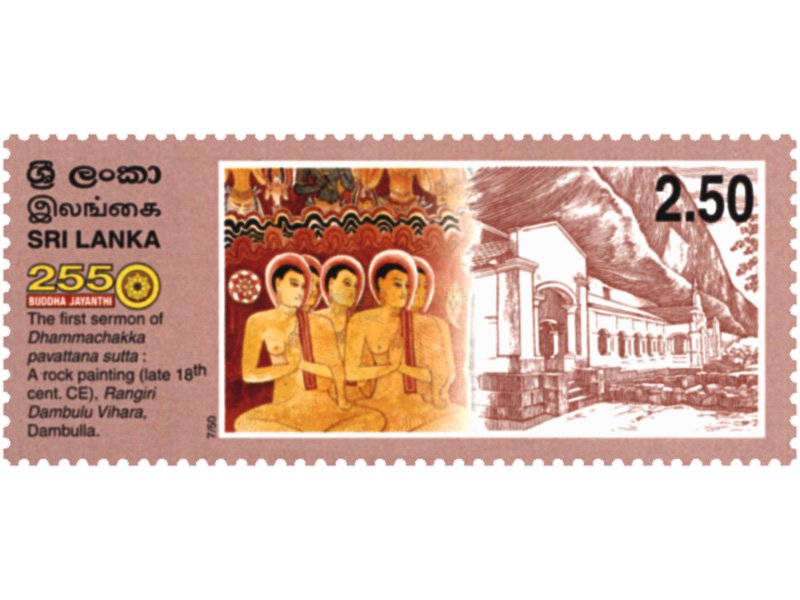
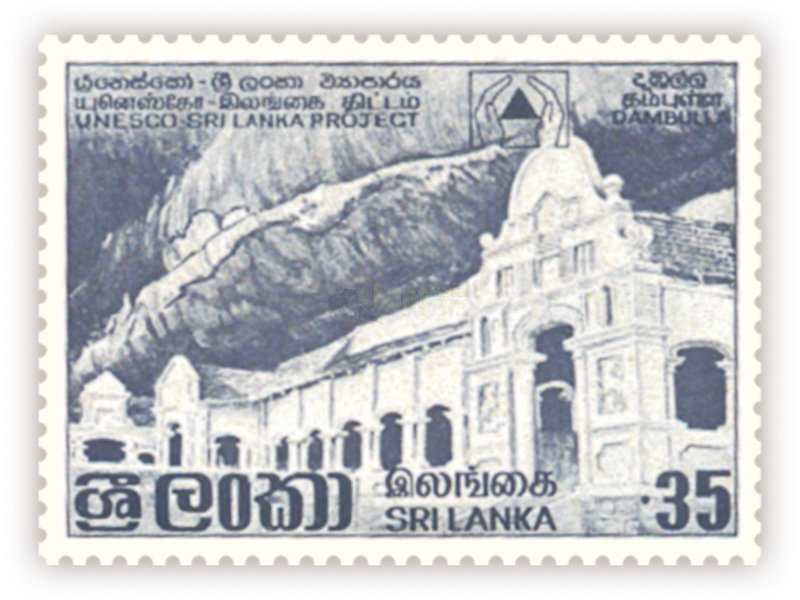
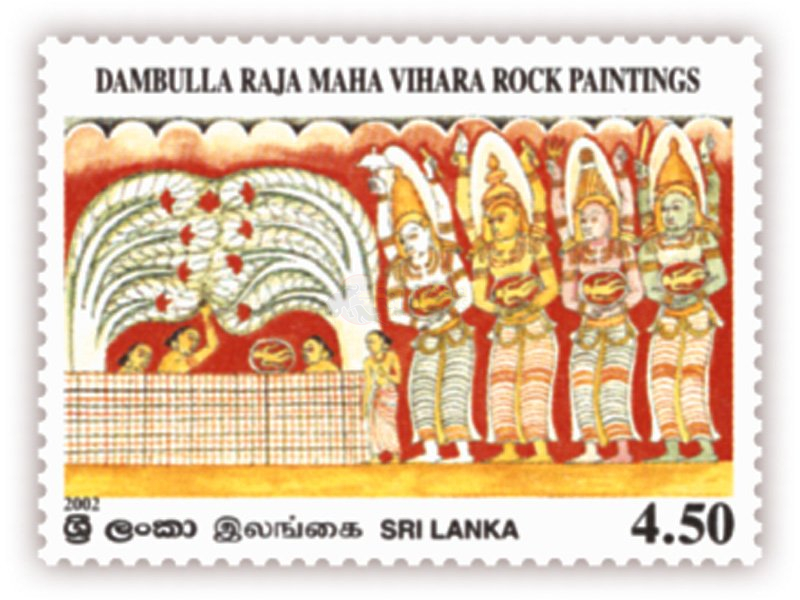
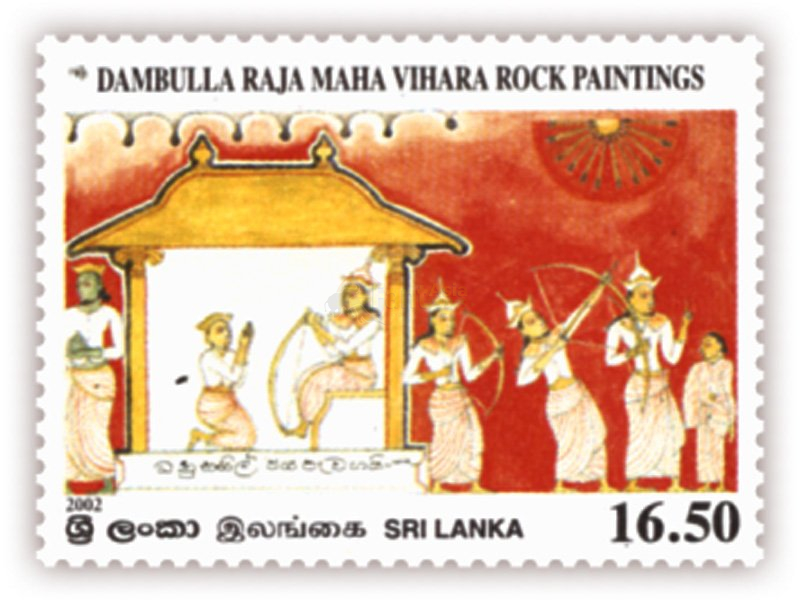
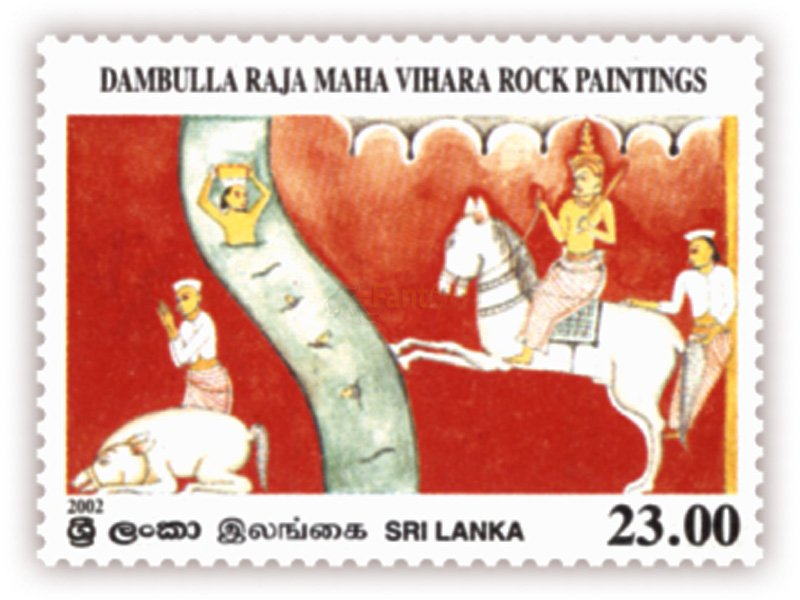


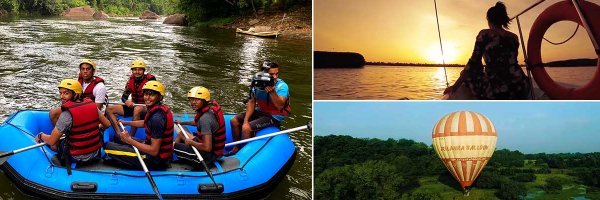

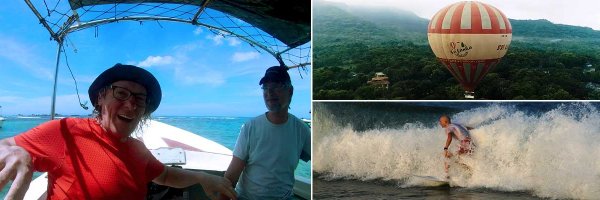


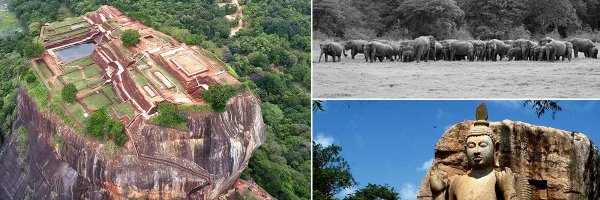

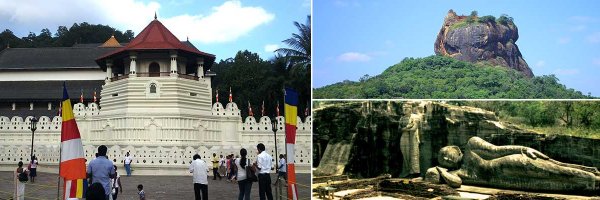
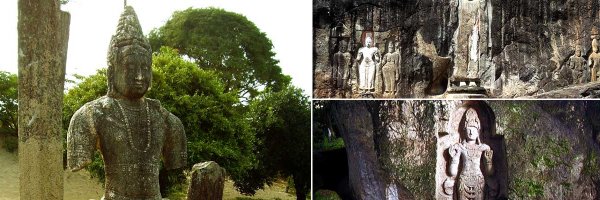

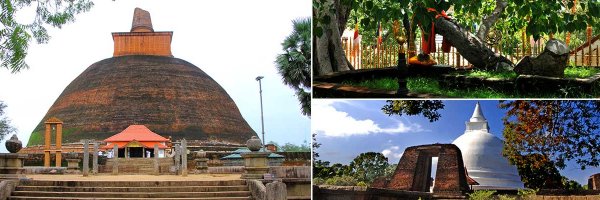





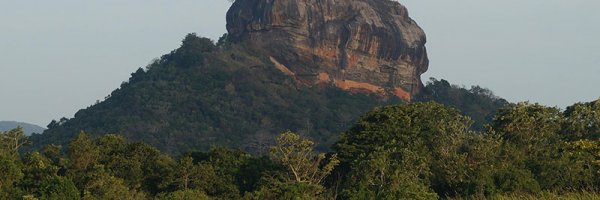
Share this page